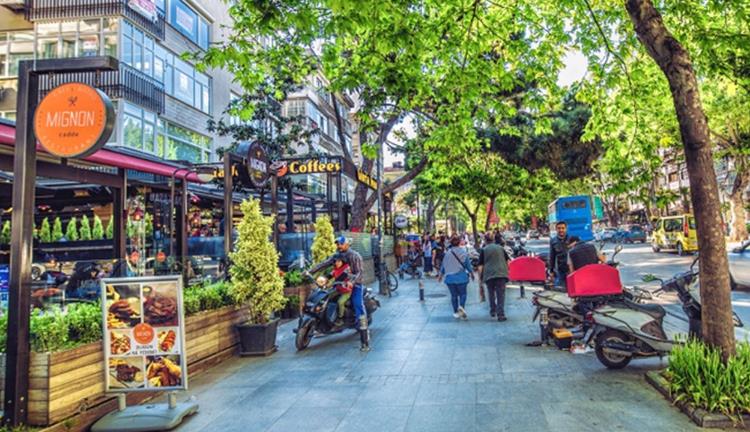- HOME
-
HOTELS
-

- ELITE WORLD GRAND İSTANBUL BASIN EKSPRES
- ELITE WORLD GRAND İSTANBUL KÜÇÜKYALI
- ELITE WORLD GRAND SAPANCA
-

- ELITE WORLD İSTANBUL FLORYA
- ELITE WORLD İSTANBUL TAKSİM
- ELITE WORLD KUŞADASI
- ELITE WORLD MARMARİS
- ELITE WORLD VAN
-

- ELITE WORLD COMFY İSTANBUL TAKSİM
- ELITE WORLD COMFY SAMSUN ATAKUM
- ELITE WORLD COMFY MİDYAT
- ELITE WORLD COMFY DİYARBAKIR
-
- RESIDENCE
- BUSINESS DEVELOPMENT
- MEETINGS & EVENTS
- ELITE WORLD CLUB
- WEDDINGS
- GALLERY
- BLOG
- OFFERS
- VIRTUAL TOUR
- CORPORATE
- OUR AWARDS
- CONTACT US
İSTANBUL
- ELITE WORLD GRAND İSTANBUL BASIN EKSPRES
- ELITE WORLD GRAND İSTANBUL KÜÇÜKYALI
- ELITE WORLD İSTANBUL FLORYA
- ELITE WORLD İSTANBUL TAKSİM
- ELITE WORLD COMFY İSTANBUL TAKSİM
- ELITE WORLD VILLAGE İSTANBUL POLONEZKÖY
- ELITE WORLD HOMES İSTANBUL BOSPHORUS
- Elite World Residence İstanbul Yeni Levent (2026)
- ELITE WORLD RESIDENCE İSTANBUL BAŞAKŞEHİR (2027)
MARMARİS
KUŞADASI
BURSA
Côte d'Ivoire
KAYSERİ
DİYARBAKIR
ŞANLIURFA
KAZAKHSTAN
BOOK NOW
For a perfect accommodation experience, you can make your reservation with confidence.
Please select the Check In Date.
ROOMS
-
+





